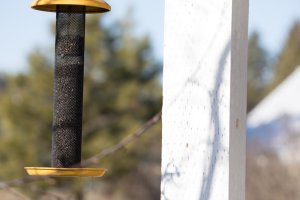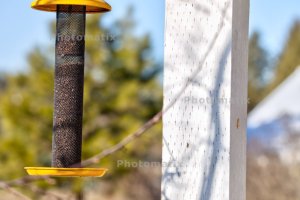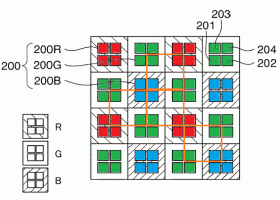I've tested it, it appears to be a fraction of a stop, but does help. Not enough for me to bother using it.there is an extra stop of DR that lives in the second sub frame of the DPRAW file. I do use it when multiple exposure are not an option - e.g. slow / fast moving subject.
I've heard from only a very few who use the DP Raw feature. It will be interesting if they come out with a quad pixel to see if there is a application.
Upvote
0




